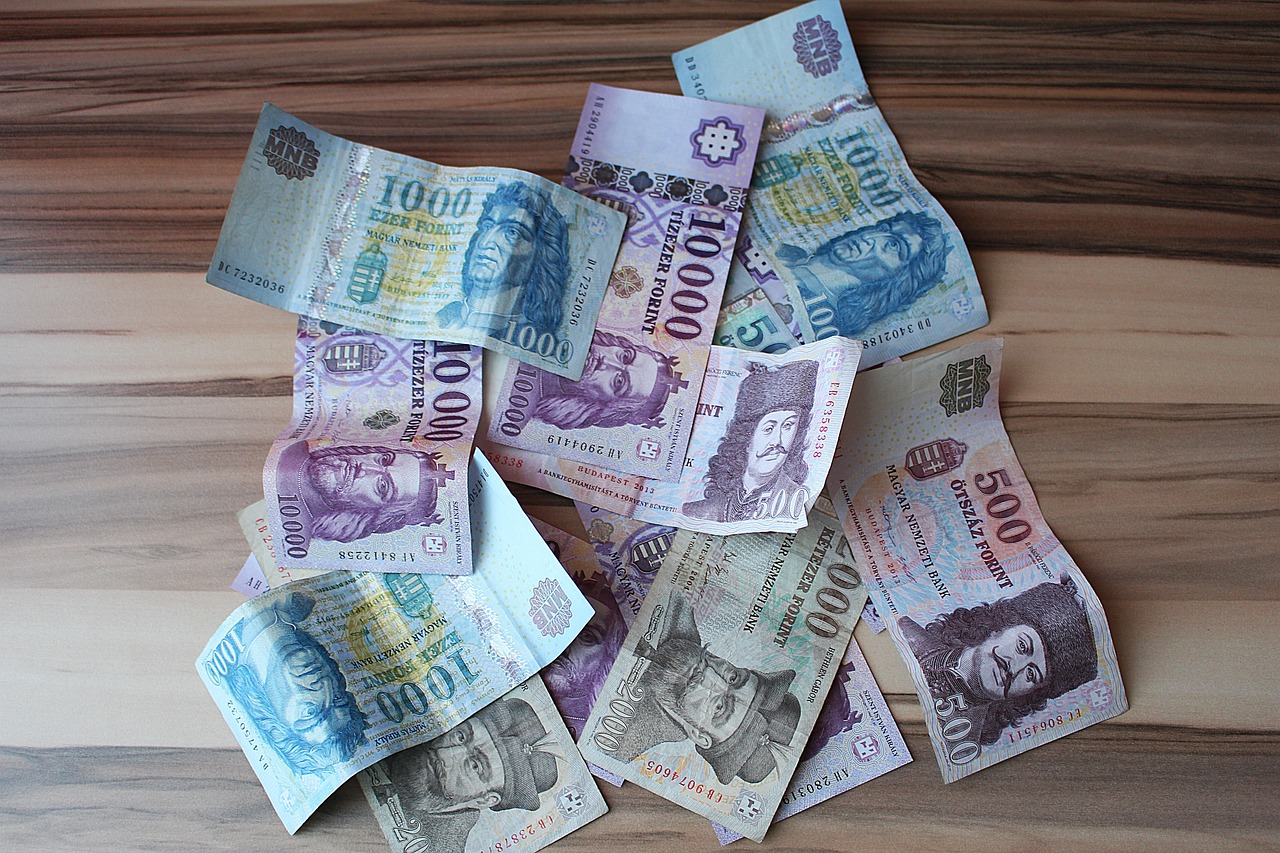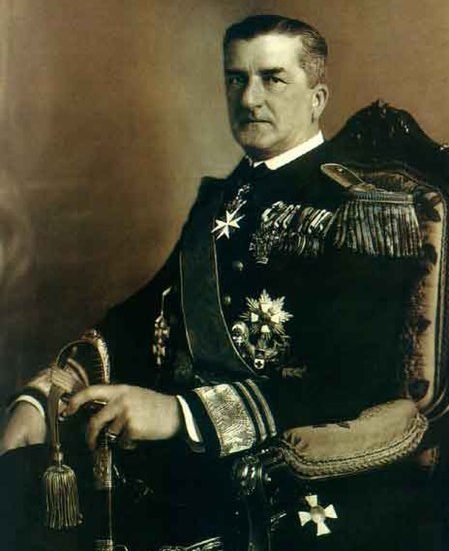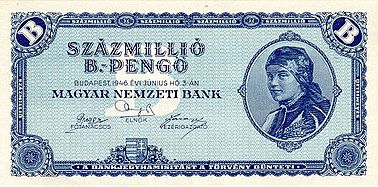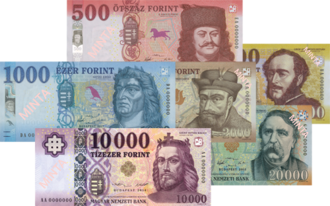The first written record of Hungarian language mentions the foundation, the transfer of the property, and a list of the abbey's possessions.Continue reading

Hungary experienced the largest inflation in world history after World War II, when the currency, the pengo, lost all its value. Hyperinflation led to the introduction of the new Hungarian forint.
The precursor to Hungarian hyperinflation was the devastation of the Second World War, sending the new currency, the pengo, introduced by Miklós Horthy in 1926, on a downward spiral in 1944. The high inflation was directly due to the ruined and plundered state of the country, the destruction of infrastructure and factories, and the fighting in Hungary, leading to a decline in production and low standards.

Miklós Horthy, Governor of the Kingdom of Hungary between 1920 and 1944. He introduced the predecessor of the forint, the pengo. Photo via Wikipedia
The phenomena that led to hyperinflation peaked in the summer of 1946, when the rate of monetary depreciation also reached a frightening level. This was reflected in the prices of the time:
a kilo of bread, for example, cost six pengo in August 1945, while by the beginning of May next year it was eight million pengo, and by the end of June it was 5.85 billion pengo.

100 million pengo, the largest denomination banknote ever issued. Photo via Wikipedia
The preconditions for stabilization, i.e. the introduction of the new currency, began to take shape in the summer of 1946.
The realistic goal seemed to be to increase national income to about half of what it had been before the war, and this could cover minimum consumption needs through adequate distribution.
The government, the Hungarian Communist Party, set the date for the introduction of the new currency for August 1, in the hope of a successful harvest and the promised return of the Hungarian National Bank’s gold reserves. All economic measures of the government were subordinated to the creation of good money.

One of the first forints from 1946. When the forint was issued, it was still a gold-based currency. Photo via zominumizmatika.hu
After the introduction, the agricultural outlook improved, with cereal production reaching 70-80% of 1938 levels. The farming of animals, such as pigs or poultry, recovered rapidly. Most of the industrial means of production and manufacturing were soon restored.

Photo via Pixabay
The forint has remained in circulation after Hungary’s accession to the EU and is expected to remain so for a long time.

The banknotes in use today. Photo via Wikipedia
The banknotes currently in circulation were designed by graphic artist Károly Vagyóczky. Their paper is produced in the Diósgyőr Paper Factory. Their standard size is 154 mm x 70 mm.
Featured image via Pixabay